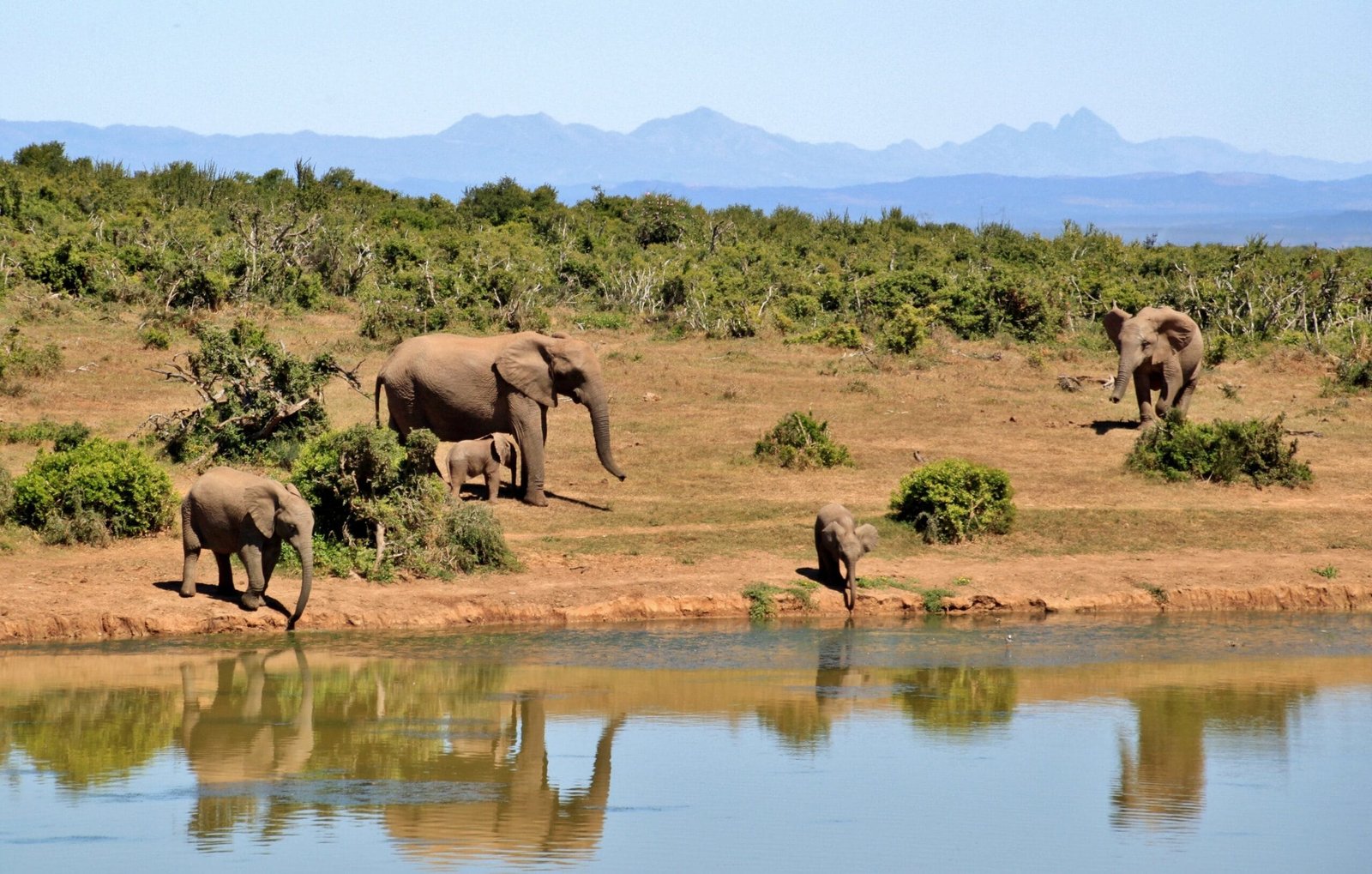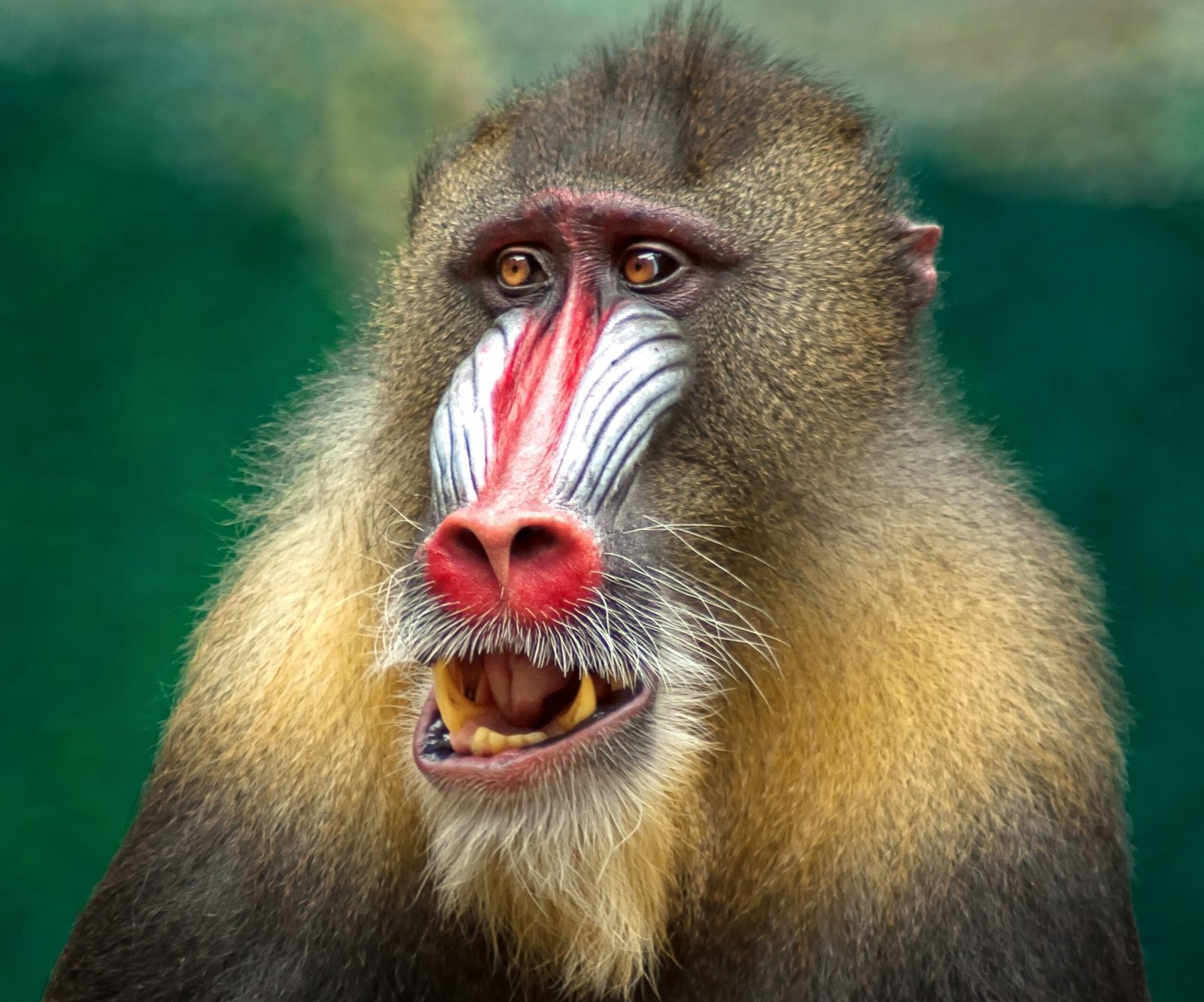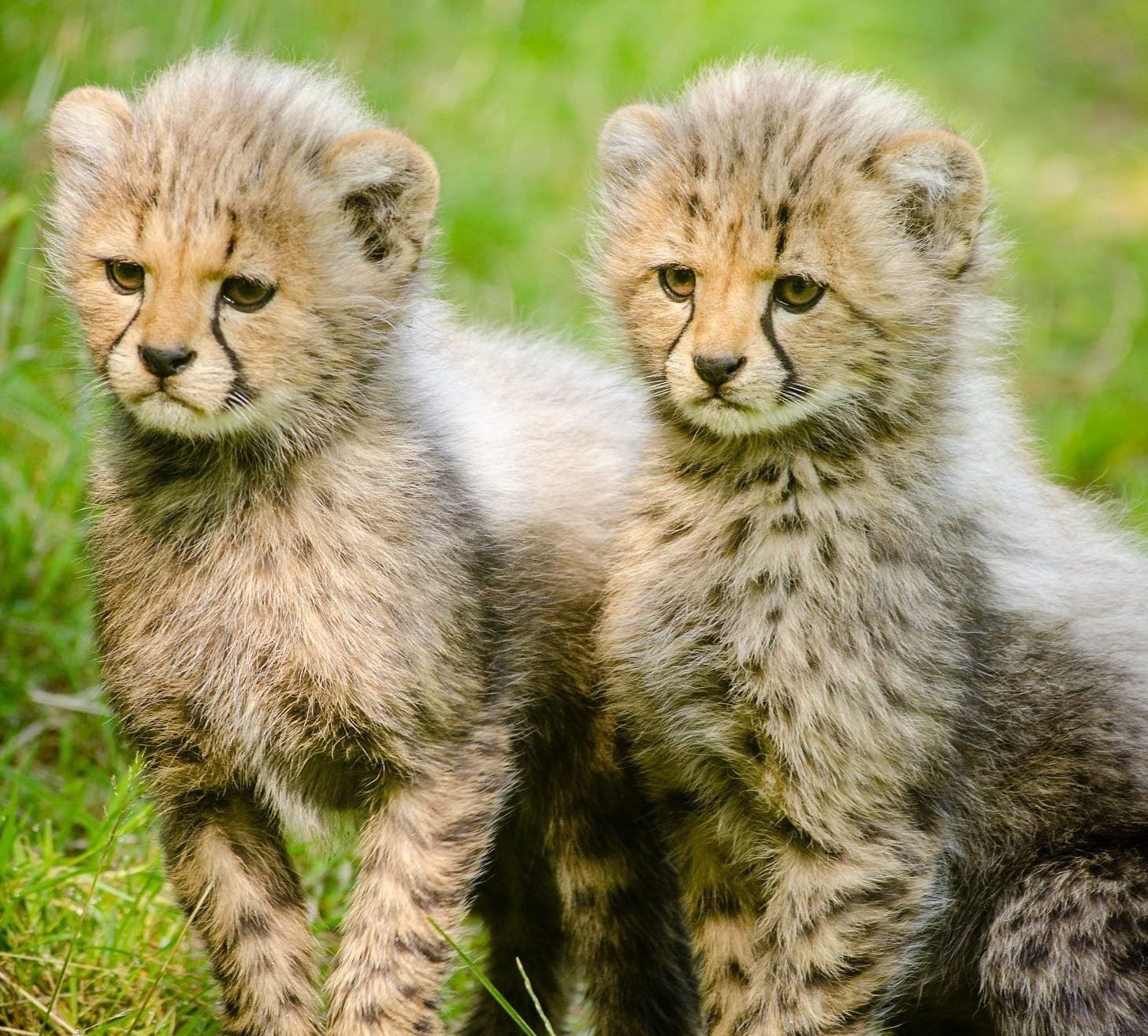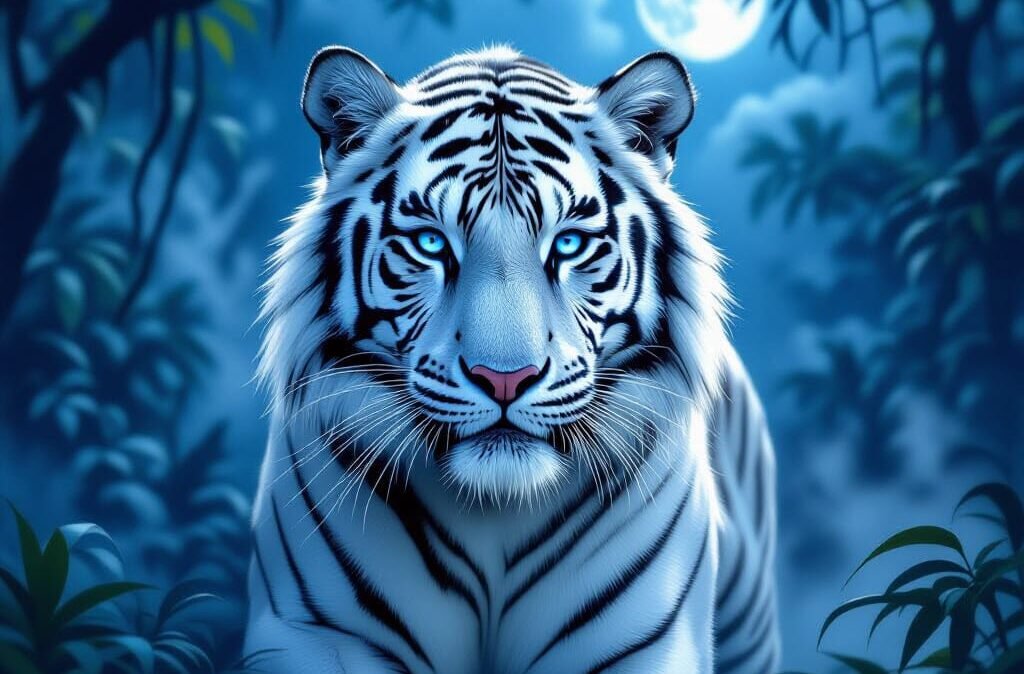Make $375 daily. Without Lifting a Finger – Act Now
Do you ever feel like you have seen it all when it comes to wild animals? You’ve come to the right place if you’re looking for something new and exciting about Wild Animals. This article will introduce you to five wild animals that will leave you completely speechless. From the mighty lion to the graceful cheetah, these animals will take your breath away. So, without further ado, let’s get started!
Learn About Africa’s King Of The Jungle:
The lion, often referred to as the “king of the jungle,” is a large cat species native to Africa, although historically, they also lived in parts of Asia and Europe. Lions are known for their majestic manes, which are more developed in male lions and are thought to signal their dominance and attractiveness to females.
Lions are social animals consisting of related females and their cubs and a coalition of male lions. Female lions are responsible for hunting and providing food for the pride, while male lions mainly protect their dignity and defend their territory. Lions are carnivorous and hunt large herbivores such as zebras, buffaloes, and antelopes.
Lions are threatened by habitat loss, poaching, and human-lion conflict. As human populations have increased and land has been developed for agriculture and other purposes, lions have lost much of their natural habitat. This has increased human-lion conflict, as lions may attack livestock or humans for food. Poaching also threatens lion populations, as lions are sometimes hunted for their skins, bones, and other body parts used in traditional medicine and as luxury goods.
Conservation efforts are underway to protect lion populations and promote coexistence between humans and lions in areas where their ranges overlap.
Grizzly Bear: North America’s Largest Wild Animal
Grizzly bears are aboriginal to North America and are found in several western states, including Alaska, Montana, Wyoming, and Idaho.
They are one of the largest wild animals in North America, with males weighing between 600 and 1,500 pounds and females weighing between 300 and 700 pounds. Grizzly bears have a distinctive appearance, with a humped back, long claws, and a shaggy coat that ranges in colour from light brown to dark brown.
They are omnivorous, feeding on various plants and animals, including berries, roots, fish, and small mammals. Grizzly bears are also known to scavenge for food, including carcasses of larger animals. They are generally solitary animals but may contact each other while foraging for food or during the breeding season. However, they can be dangerous to humans and should be respected and avoided in the wild.
Grizzled Giant Squirrel: A Pest or a Wild Animal?
The Grizzled Giant Squirrel, also known as the Malabar Giant Squirrel or the Indian Giant Squirrel, is a squirrel native to India and Sri Lanka. It is a wild animal and is not considered a pest.
Grizzled Giant Squirrels are known for their large size and distinctive fur: dark brown or black on top and white on the underside. They are found in various forested habitats, including deciduous, evergreen, and tropical moist forests, as well as plantations and gardens. They are arboreal animals and spend most of their time in the trees, feeding on nuts, seeds, fruits, and occasionally insects.
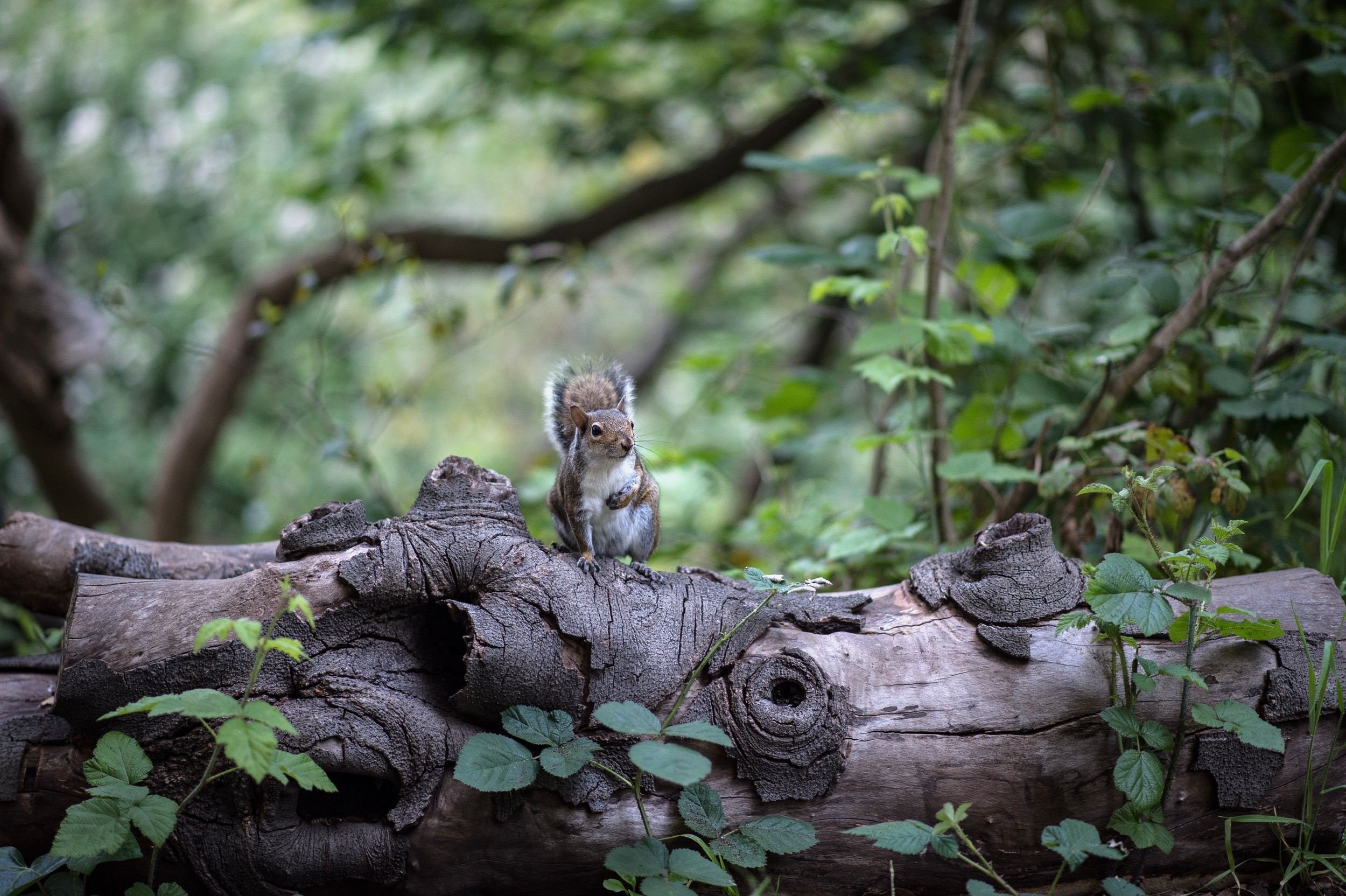
Grizzled Giant Squirrels are generally not considered pests, as they do not cause significant damage to crops or property. However, humans may sometimes perceive them as a nuisance due to their presence in gardens or when they raid bird feeders. Generally, it is essential to respect and protect all wild animals, including Grizzled Giant Squirrels, as they play crucial roles in the ecosystems in which they live.
10 Interesting Facts About Cheetahs You Probably Didn’t Know
Cheetahs are carnivorous mammals native to Africa and parts of Asia. They are known for their sleek, spotted coats and incredible speed—the fastest of any land animal. Cheetahs are adapted for running, with long, thin legs, a flexible spine, and a streamlined body. They are also equipped with retractable claws and an adjustable foot that allows them to make sharp turns while chasing prey.
- Cheetahs are the fastest animals on earth, capable of reaching speeds of up to 75 mph.
- Cheetahs are known for their distinctive black “tear marks” that run from the corner of their eyes to the sides of their nose. These marks help keep the sun out of their eyes and improve their hunting vision.
- Cheetahs are carnivores and primarily hunt small mammals such as gazelles, antelopes, and rabbits. They are skilled predators and often use their speed and agility to catch their prey.
- Cheetahs are found in various habitats, including grasslands, savannas, and wooded areas. However, they are considered endangered due to habitat loss and poaching.
- Unlike many other cats, cheetahs are social animals and often live in groups called coalitions. These groups consist of related males and females who work together to defend their territory and hunt for food.
- Female cheetahs give birth to litters of 1-6 cubs, which they raise independently. Cubs are born with a spotted coat, which helps to camouflage them in their environment.
- Cheetahs are known for their vocalizations, which include chirping, purring, and growling. They also communicate through scent marking and body language.
- Cheetahs have unique reproductive systems and are the only big cats that do not mate for life. Instead, male cheetahs compete for access to females during mating season.
- Cheetahs are adapted for running, with long, slender bodies, flexible spines, and non-retractable claws that provide grip and traction on the ground.
- Cheetahs have been domesticated for thousands of years and used for hunting by humans in Africa and Asia. Today, they are often kept as exotic pets or used in zoos and wildlife sanctuaries for conservation and education.
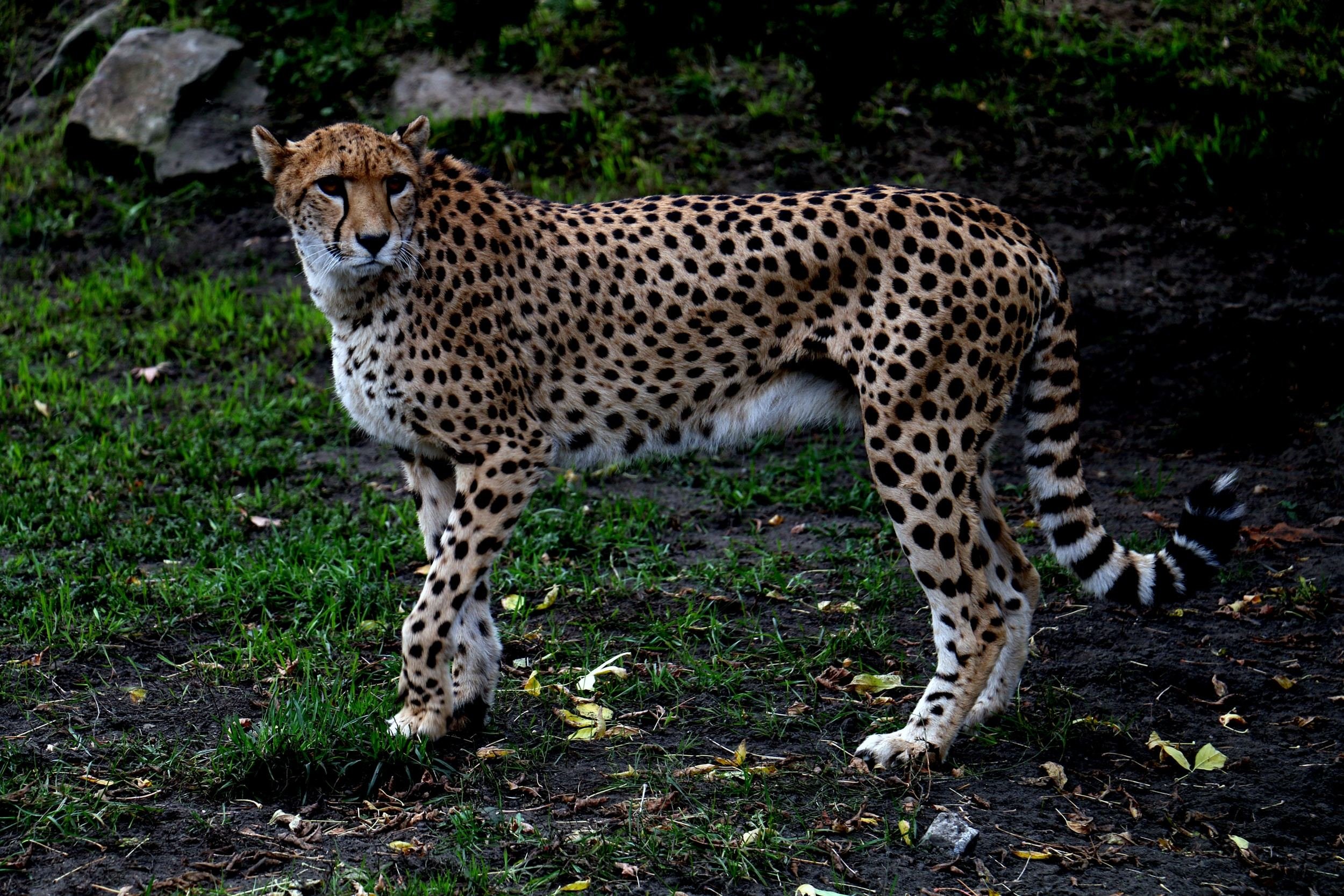
Polar Fox: A professional look into the wild animal
The polar fox, also known as the Arctic fox or white fox, is a small carnivorous mammal native to the Arctic regions of the Northern Hemisphere. It is well-adapted to living in cold climates, with thick fur, small ears, and a short, compact body that helps it conserve heat.
Polar foxes have a thick, white fur coat that helps them blend in with their snowy surroundings and provides insulation against the cold. They also have black skin, which helps absorb heat from the sun and keeps them warm in their environment’s frigid temperatures.
Polar foxes are omnivorous, feeding on various small animals, including lemmings, voles, birds, eggs, berries, and other plant material. They are skilled hunters and can locate prey buried beneath the snow using their excellent sense of smell. Polar foxes are also scavengers and will eat carrion if it is available.
Polar foxes are social animals and live in family groups, with a dominant male and female leading the pack. They mate for life and have a single litter of kits each year, usually born in the spring. The kits are born blind and helpless but overgrow and can hunt with their parents by the fall.
In conclusion, the five wild animals mentioned above will leave you speechless: They are all incredibly majestic and beautiful, and it is incredible to think they roam our planet. If you ever have the opportunity to see these animals in person, it is an experience you will never forget
